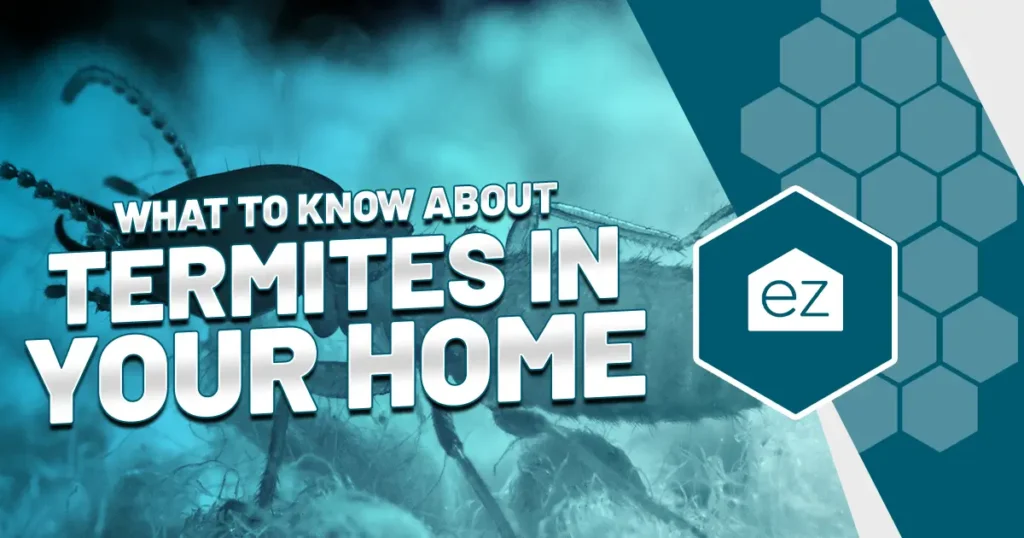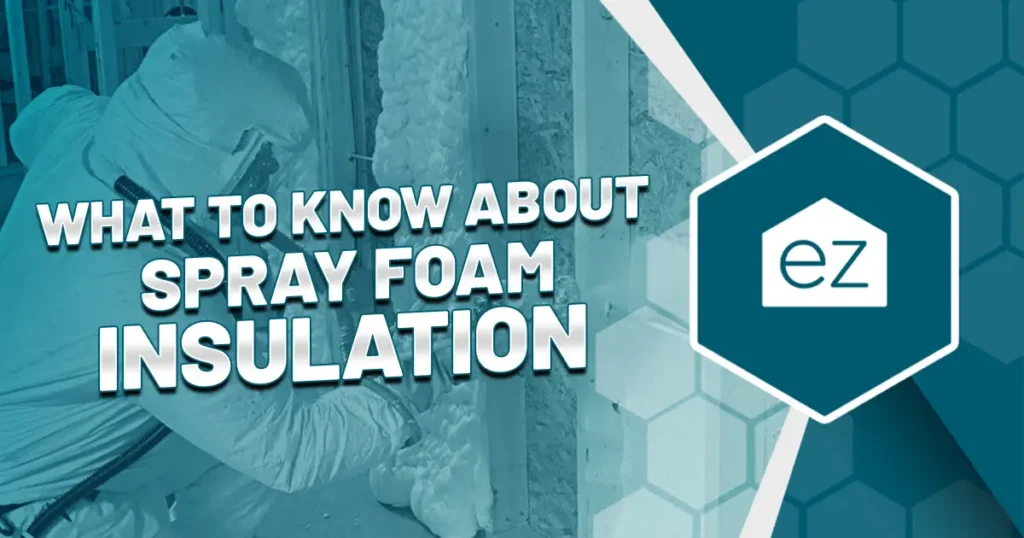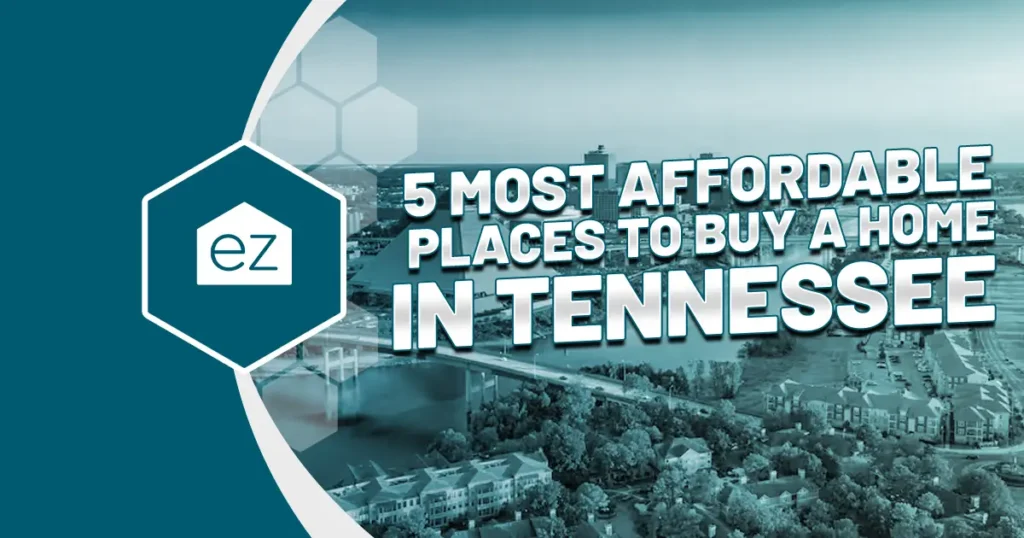Choosing a Neighborhood With Safe Play Areas for Children
Think about the happiest moments of your childhood. Perhaps it’s running to the playground, riding bikes around the block with friends, or building forts in the background. You likely want those experiences for your children, so finding a home in a kid-friendly neighborhood with safe areas for children to play is a top priority for families.
No matter which side of the “nature versus nurture” side you fall on, the research does show a child’s environment impacts their development and future success. Kid-friendly neighborhoods provide play, exploration, and socialization opportunities, all critical to their cognitive, physical, social, and emotional well-being.
Living in a safe neighborhood means kids can engage in active play and exploration. But how do you assess which neighborhoods are best for kids? It’s true that the number of factors to weigh is vast: crime rates, school quality, pedestrian safety, outdoor spaces, and so forth. The following steps outline what to check when choosing the right kid-friendly neighborhood for you.
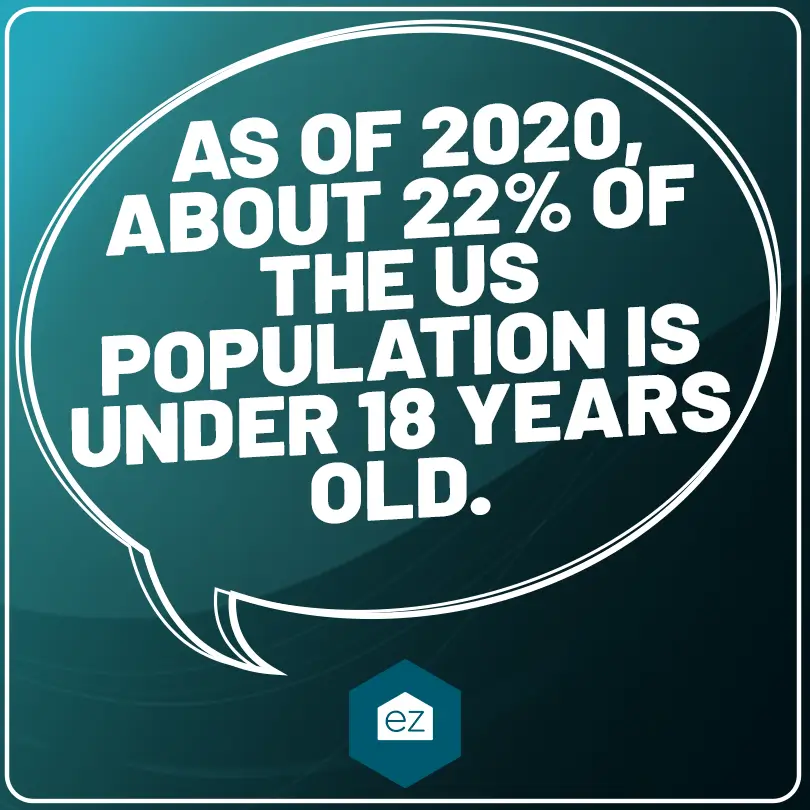
Evaluate Local Traffic
Children under 14 accounted for 2% of pedestrian traffic fatalities in 2021, but we want that number to be 0%. That’s why, when considering a potential neighborhood, watch both the volume and speed of cars on residential streets. Playing outside near high-speed traffic or living on a busy thru-street increases risks to children at play.
Look for neighborhoods with lower speed limits, speed bumps, or traffic calming measures such as roundabouts and speed monitoring systems. Check for sidewalks and crosswalks, as these provide safer routes for kids commuting to school or parks. Even with these safety measures, homes and parks far from high-traffic hotspots are typically safer for children. Cul-de-sacs are popular with families for a reason.
Drive or walk around and watch the local drivers’ behavior. Are they respectful of the speed limits? Do they stop for pedestrians at crosswalks? These observations can give you a good sense of whether the neighborhood is child-friendly or not.
Another indicator is if the local city prioritizes safer streets and traffic calming measures. Take Huntsville, Alabama, which through its Neighborhood Traffic Calming Program, is working to positively change residential traffic speed. It’s seen this program drop residential speeding on streets where traffic calming measures are installed. The program is part of a greater “Vision Zero” no roadway fatalities goal the city is actively working towards.
Find City Parks and Public Spaces
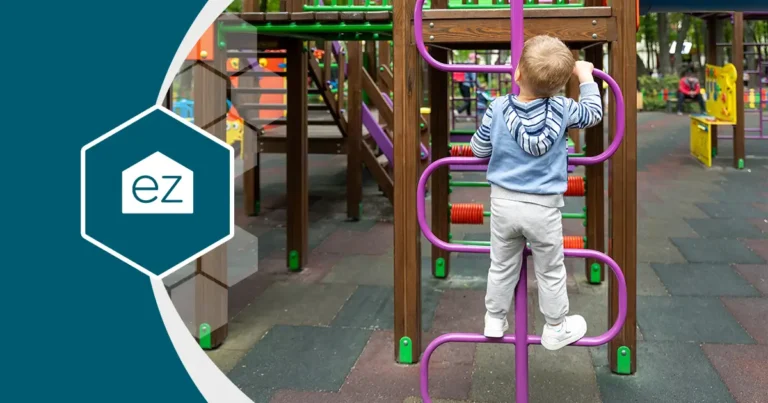
Kids love parks. The playgrounds, ball fields, swimming pools, skate park, picnic areas…all the open spaces to roam and explore… They’re just places to be a kid. The presence of other families also provides a chance for children to socialize and make new friends, contributing to their social development.
Our parks and public spaces are usually purpose-built for recreation, with safety measures and facilities designed with children in mind. Cities or local governments generally maintain them, ensuring the facilities remain clean, safe, and well-equipped for all to enjoy.
While parks and public spaces are ideal for children to play and socialize, not all parks are created equal. Some might be neglected or not designed with children’s safety in mind. Poor maintenance, graffiti, or a lack of safety measures such as fencing or age-appropriate equipment indicate a less child-friendly environment.
So, how do you measure park quality? Start by going directly to the city or county’s parks and recreation department website. These typically list all the government-run parks, their features, and locations. The better websites will have photos of the park facilities. Larger cities may have a ParkScore from the Trust for Public Land, which measures a city’s park access, amenities, equity, and features.
Online reviews on Yelp or local parenting forums are a resource for seeing what other parents think about the local parks. They’ll hint at if the park is safe and maintained.
But the best option is to visit the potential neighborhood’s parks at different times and on various days if you can. Even a single visit hints at the crowd that frequents the park and how well it’s maintained.
How Many Children Live in an Area
Communities with a high concentration of children tend to develop more amenities tailored toward their younger residents. It’s here that playgrounds, sports facilities, or after-school clubs are more accessible. Schools, libraries, and public spaces near high-child neighborhoods will likely be more accustomed to accommodating and prioritizing children’s needs.
Some of today’s master-planned developments specifically cater to families. Take Calesa Township outside Ocala, Florida, which purposefully planned for a school inside the neighborhood for easy walkability. It complements school access with recreation amenities targeting younger and active households. That includes community pools designed for kids of all ages, multiple playgrounds, a massive sports complex, and a pedestrian trail system.
The US Census reports show how many people under 18 live in a particular city or county, while the local school district maps can hint at high-density family areas. The smaller the district lines, the higher concentrations of families may live within its borders.
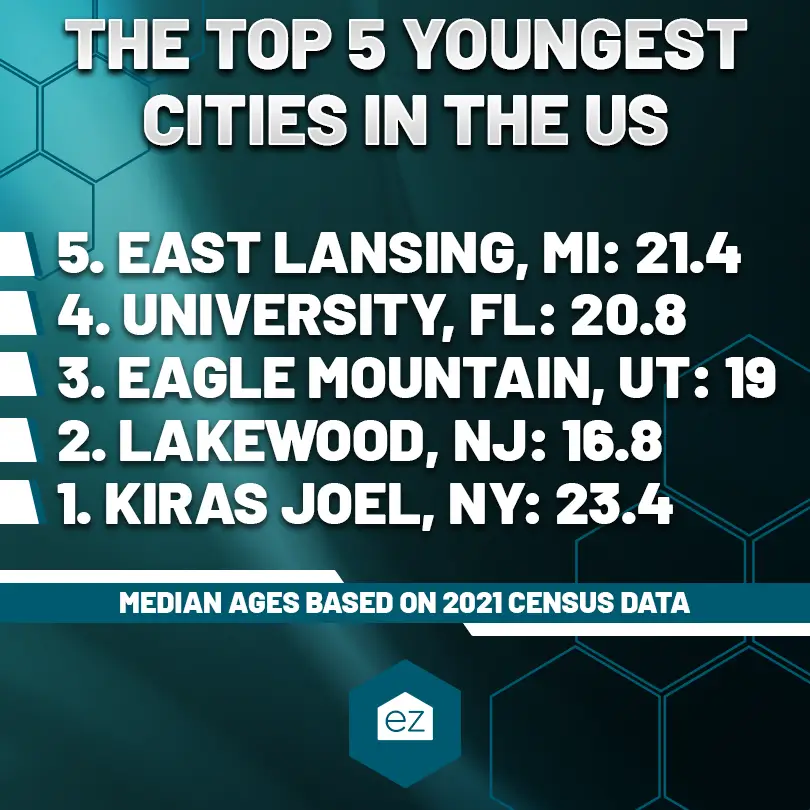
Look for Proper Signage and Public Education Efforts
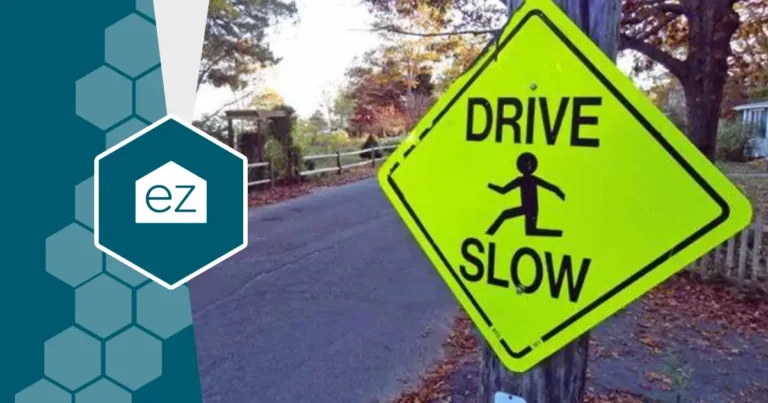
Proper signage plays a role in maintaining safety in kid-friendly neighborhoods. Signs like “Slow, Children at Play” or “School Zone” warn drivers to reduce their speed and be extra cautious. Traffic signs like “Stop” and “Pedestrian Crossing” ensure kids can safely cross the street. It’s just a heads-up that many kids live nearby.
Beyond school zones and kid crossing signs, parks and recreational areas use signs for education and safety. Signs like “No Swimming,” “Play at Your Own Risk,” or instructions on using playground equipment correctly can prevent accidents. Some parks might have signs indicating the presence of wildlife or hazardous plants.
Educational signs teach kids the importance of recycling or conserving water, which can instill good habits from an early age. Overall, clear and visible signs across a community show the local culture cares about youth safety and education.
Review Safety Statistics
A neighborhood’s overall safety and cleanliness determine its suitability for children. After all, we want our kids to feel safe playing outside or walking to a friend’s house.
Crime statistics are a starting point for finding kid-friendly neighborhoods. Websites such as City-Data or NeighborhoodScout publish insights into local crime data. These sources’ detailed reports show the types and frequencies of crimes committed. SafeWise also pulls from the FBI crime database and analyzes reports against the population numbers to rank the safest cities in a given state, like Florida or Virginia.
Another valuable resource is the local police department. They maintain up-to-date databases and can provide information about any ongoing community policing initiatives like Neighborhood Watch groups. They’re also a resource for looking up where registered sex offenders and convicted crimes against children perpetrators are living.
Similarly, local neighborhood watch organizations may be a good source of information about the community’s efforts to maintain safety.
Crime is just one aspect of evaluating a neighborhood’s safety for kids. Other things you may not be thinking about but should look for:
- Street and community lighting at night
- Gated or secured entrances
- Distance to local fire or police stations
- Fire hydrant locations
- Distance to emergency medical care
- Average emergency response times
Finally, online community platforms such as Nextdoor or Facebook neighborhood groups provide a firsthand account of the residents’ experiences. You can directly ask questions and get a better sense of the day-to-day life in the neighborhood from these platforms.
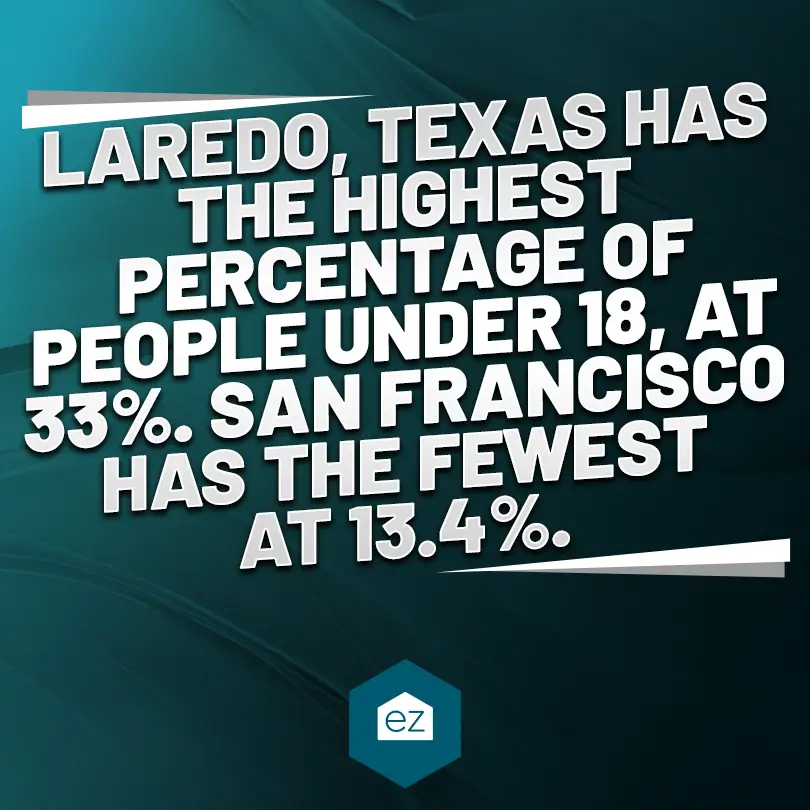
Research Local Kid-Friendly Organizations
Local youth clubs, community centers, and sports leagues encourage our children’s development–not to mention, it keeps them busy! Involvement in sports and other clubs has been proven to reduce crime rates, keep kids in school, and increase academic success.
That’s why living somewhere with multiple kid-friendly organizations that cater to different interests matters. From art and music workshops to sports training and educational clubs, these activities help kids develop their skills and talents while learning essential social skills like collaboration and perseverance.
To find local kid-friendly organizations, use online resources like the National Recreation and Park Association’s directory, Boys and Girls Clubs of America, or local branches of the YMCA. Local community centers often run youth programs in sports and arts. Check with online community boards or search for the specific activity your child likes, adding the city or neighborhood name.
Remember, the best organizations prioritize child safety, offer activities that align with your child’s interests, and encourage a strong sense of community.
Assess the Upkeep of Public Spaces
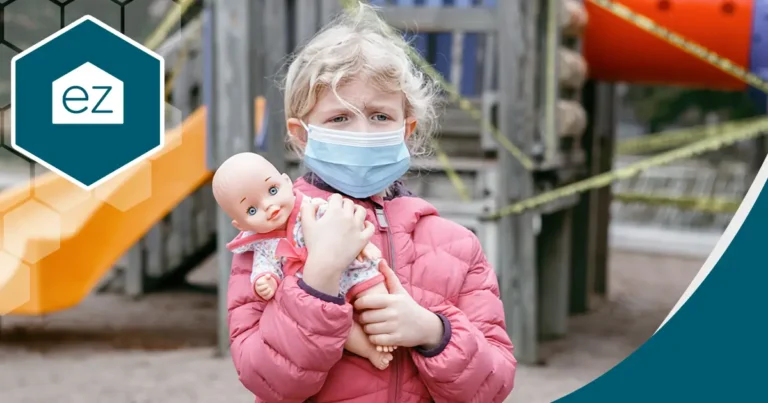
It’s one thing to have sidewalks, lighting, and parks; it’s another to have crumbling sidewalks or trashed parks. Such environments aren’t indictive of kid-friendly neighborhoods.
If you can visit, walk or drive around the neighborhood. Pay close attention to the condition of sidewalks, common-use areas, and recreation areas. Well-kept green spaces, up-to-date playground equipment, and clean communal areas signal regular maintenance.
In playgrounds, check for safety features like cushioned ground surfaces, sturdy and intact equipment, railings on elevated platforms, and well-functioning swings and slides. Similarly, sidewalks should be well-paved and free from hazards that could cause accidents, and parks should be clean and free from litter.
Public lighting also plays a critical role in ensuring safety. Well-lit streets and parks allow for visibility even after sundown, deterring potential criminal activity and enhancing overall safety.
Check with the local government or homeowner association about maintenance schedules for public spaces. They may provide information about plans for future improvements, giving additional insight into whether the community prioritizes upkeep.
Meet the Locals
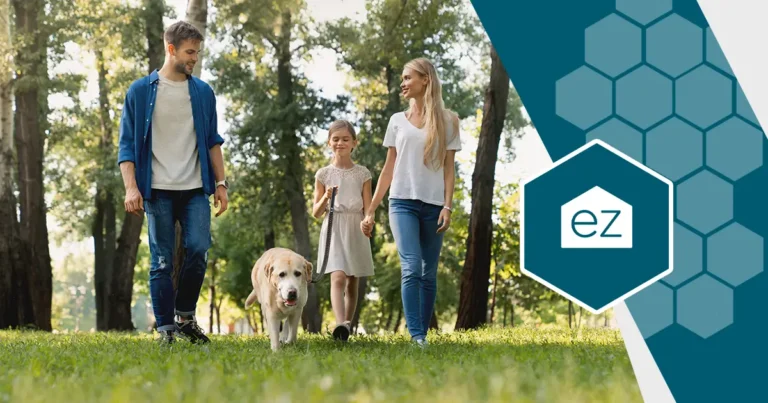
Speaking with residents allows you to learn about their experiences living in the neighborhood, understand their perceptions of safety, and gauge community involvement. It’s a deep understanding of neighborhood dynamics you won’t find in any guidebook or website.
Plus, these interactions with the locals might be your first step in forming valuable relationships. Having friendly neighbors you trust opens possibilities for playdates, carpooling, and shared childcare arrangements.
Are you new in town? Meet local families by attending festivals, sporting events, or neighborhood meetings. Join the PTA at your child’s new school or their parent group. Visit local parks or community centers where local families usually gather.
Remember, the goal is to establish a solid understanding of the community dynamics and build relationships that could create a safer and more friendly environment for your children.
Finding the Kid-Friendly Neighborhoods
Prioritizing your children’s safety and happiness in choosing where to live may require considerable research and effort. But most parents agree the resulting peace of mind and thriving community environment will be worth it. A neighborhood that fosters a sense of security, offers a variety of youth-oriented activities, and maintains its public spaces will undoubtedly provide a nurturing environment for your children to flourish.
Start Your Home Search
Preston Guyton
Share this Post
Related Articles
Buying a Home
Conforming Loan Limits: A Guide for Homebuyers
Buying a Home
What to Know About Termites In Your Home
Buying a Home
What to Know About Spray Foam Insulation
Buying a Home

